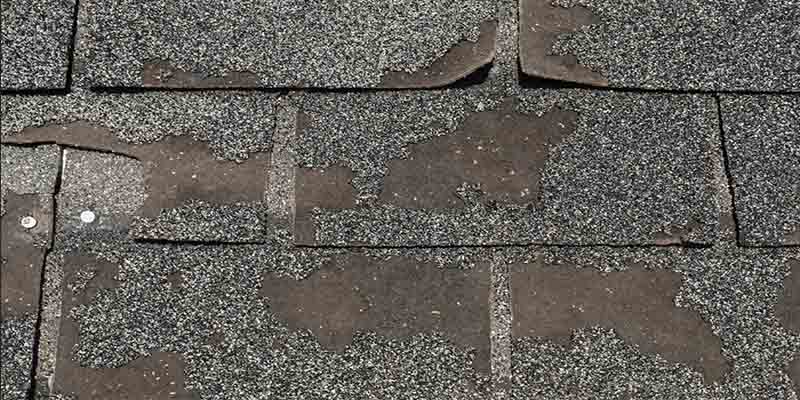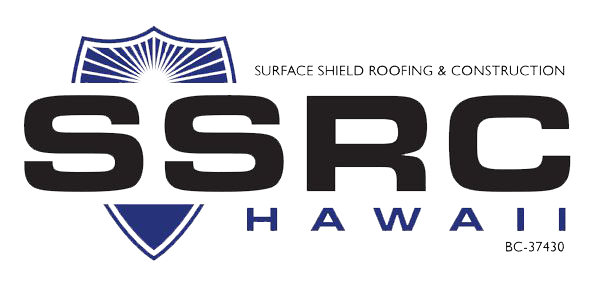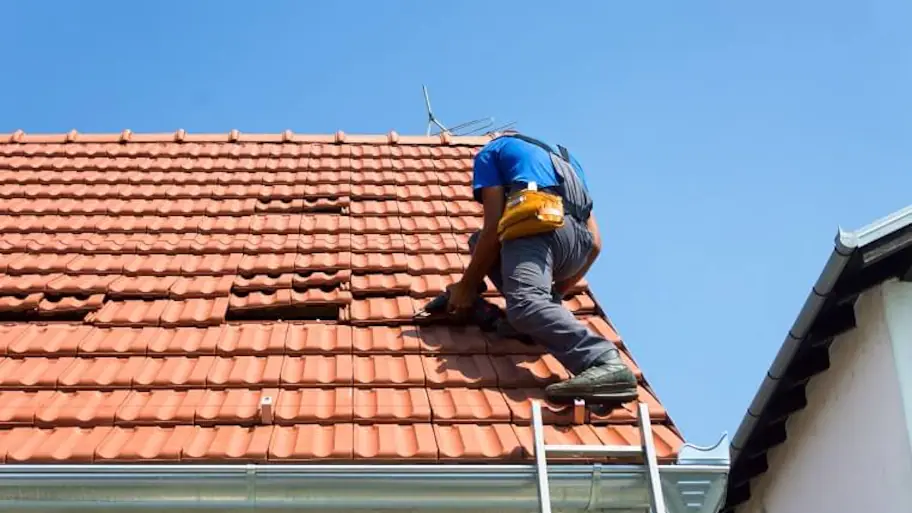Understanding the Different Sorts Of Roofings: A Comprehensive Overview for Homeowners
In the world of homeownership, picking the ideal roofing style is a decision that carries significant implications for both functionality and aesthetic appeal. With an array of alternatives-- varying from the typical gable to the modern level-- each kind provides distinct advantages and challenges that need to line up with the house owner's particular needs and environmental considerations. Comprehending these distinctions not only help in making an informed choice but additionally affects long-lasting maintenance and energy performance. As we discover the ins and outs of different roof kinds, it comes to be obvious that a person size does not fit all; the appropriate option may stun you.
Gable Roof Coverings
Gable roof coverings, defined by their triangular shape, are amongst one of the most prominent roofing designs because of their simplicity and efficiency in shedding water and snow. This layout features two sloping sides that meet at a ridge, enabling efficient water drainage and reducing the threat of water accumulation. The steep pitch generally linked with gable roofings improves their ability to deal with hefty precipitation, making them ideal for various climates.
Along with their practical benefits, saddleback roofs offer aesthetic convenience. They can be adjusted to various architectural styles, from typical to modern homes. The design can likewise suit added features such as dormer windows, which improve natural light and air flow in the attic room room.
Furthermore, gable roofings give enough space for insulation, contributing to energy effectiveness. Home owners can select from a selection of roof covering products, consisting of asphalt tiles, steel, and floor tiles, further enhancing customization choices.
In spite of their advantages, saddleback roofs might need added assistance in locations susceptible to high winds or hefty snowfall. Generally, the gable roofing continues to be a popular selection as a result of its mix of capability, resilience, and visual appeal.
Apartment Roofs
Level roof coverings are usually identified for their minimal layout and functional applications, especially in industrial and industrial setups (oahu roofing). These roofings feature a nearly straight or horizontal surface area, which allows for easy building and versatile area use. While they may lack the aesthetic appeal of angled roofs, level roof coverings supply many advantages, specifically in metropolitan environments where making best use of area is important
One of the main benefits of level roofing systems is their accessibility. House owners can utilize the roof covering area for numerous functions, such as roof gardens, balconies, or solar panel installments. Additionally, level roofing systems are commonly much more cost-efficient to maintain and mount compared to their sloped counterparts, as they call for fewer materials and labor.
Nonetheless, flat roofings do existing certain obstacles. Proper drain is crucial to avoid water merging, which can lead to leakages and structural damage. For this reason, choosing premium waterproofing products and regular evaluations are essential for ensuring durability. Typical products made use of for flat roofing systems consist of built-up roof (BUR), changed bitumen, and single-ply membranes, each offering unique advantages. On the whole, level roofs act as a versatile and useful choice for several home owners and companies alike.
Hip Roofings
Hip roofings are identified by their sloped sides that converge on top, creating a ridge. This style is unique from saddleback roofs, as all four sides of a hip roofing system slope downwards towards the wall surfaces, supplying a much more stable framework. The angle of the inclines can vary, permitting versatility in building visual appeals and functionality.
Among the main advantages of hip roofs is their capacity to stand up to heavy winds and adverse climate condition. The sloped surfaces make it possible for much better water drainage, reducing the danger of leaks and water damages. Furthermore, hip roofs supply boosted attic room, which can be used for storage or also exchanged habitable locations.
However, building a hip roof can be a lot more complicated and pricey than easier roof kinds, such as gable see here now roofs. The extra product and labor involved in developing the slopes and making certain appropriate architectural stability can bring about higher expenditures. Despite these disadvantages, many house owners favor hip roofings for their durability, visual allure, and potential for power performance.
Mansard Roofing Systems
Mansard roofings, frequently identified by their unique four-sided style, attribute 2 slopes on each side, with the reduced incline being steeper than the top. This architectural style, stemming from France in the 17th century, is not just aesthetically attractive but practical, as it takes full advantage of the useful room in the upper floors of a structure. The steep lower incline enables even more headroom, making it a suitable selection for attic rooms or loft spaces, which can be converted into living areas.
Mansard roof coverings are identified by their versatility, accommodating different architectural styles, from standard to modern-day. They can be created with various products, consisting of asphalt tiles, slate, or steel, giving property owners with a variety of choices to suit their spending plans and choices. In addition, the layout permits the assimilation of dormer home windows, boosting all-natural light and ventilation in the top levels.
Nevertheless, it is necessary to consider the potential drawbacks. Mansard roofs might call for even more maintenance due to the intricacy of their layout, and their high slopes can be challenging for snow and rainfall overflow. In general, mansard roofing systems integrate sophistication with practicality, making them a popular selection amongst property owners seeking distinct building features.
Lost Roofings
As property owners increasingly look for simplicity and functionality in their building designs, lost roofings have arised as a prominent selection. Defined by a single sloping aircraft, a shed roofing system offers a minimalist visual that matches various home designs, from contemporary to rustic.
One of the key advantages of a shed roof covering is its straightforward building, which often equates to decrease labor and material expenses. This style enables efficient water drain, reducing the risk of leaks and water damages. In addition, the vertical slope supplies enough area for skylights, improving all-natural light within the interior.
Dropped roofs also use convenience in terms of usage. They can be efficiently integrated right into enhancements, garages, or outside structures like go right here pavilions and sheds. Moreover, this roofing design can accommodate numerous roofing materials, including metal, asphalt roof shingles, or perhaps environment-friendly roof coverings, aligning with environmentally friendly efforts.
Nevertheless, it is vital to consider local environment problems, as hefty snow tons may require modifications to the roofing system's angle or structure. In general, shed roofs present a practical and aesthetically pleasing alternative for home owners aiming to make the most of functionality without compromising design.
Verdict


Gable roofs, identified by their triangular shape, are among click to investigate the most prominent roof styles due to their simplicity and effectiveness in shedding water and snow. oahu roofing. The high pitch typically linked with gable roofing systems improves their capacity to handle heavy rainfall, making them ideal for various environments
While they might lack the aesthetic charm of pitched roof coverings, level roofs provide many benefits, especially in urban atmospheres where making the most of area is critical.
